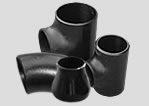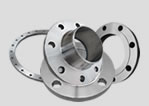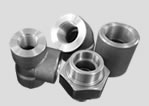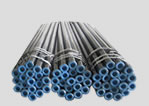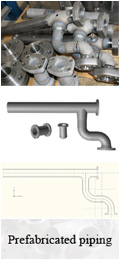What are the causes of cracking of stainless steel flange
The appearance of the leakage flange was cut off from the pipeline. The macroscopic inspection of the flange was stopped. It was found that there were cracks on the inner and outer surface of the flange, with a length of 3mm and a width of 0.5mm. Rust stains were found on the inner and outer surface of the flange bolt hole.
A number of non-metallic inclusions were found on the flange sealing surface and other positions. Some non-metallic inclusions were scattered on the surface of the flange sealing surface, forming a small pit with the size of 2.0 mm and the small size of 0.8 mm. There were micro cracks visible to the naked eye at the edge of the pit. On site macro inspection shall be carried out for other austenitic stainless steel flanges of the same batch.
There are different levels of defects in the flange, and some flange surface has obvious cracks visible to the naked eye. The macro inspection results further indicate that the leakage of butt welded flange is related to the flange itself.
previous page:Attention to sealing of socket flange
next pageHow to select forged flange


